Circular saw vs jigsaw: Experts reveal the pros, cons, differences and which you'll need for your next DIY project
Everything you need to know about choosing the right saw for the job
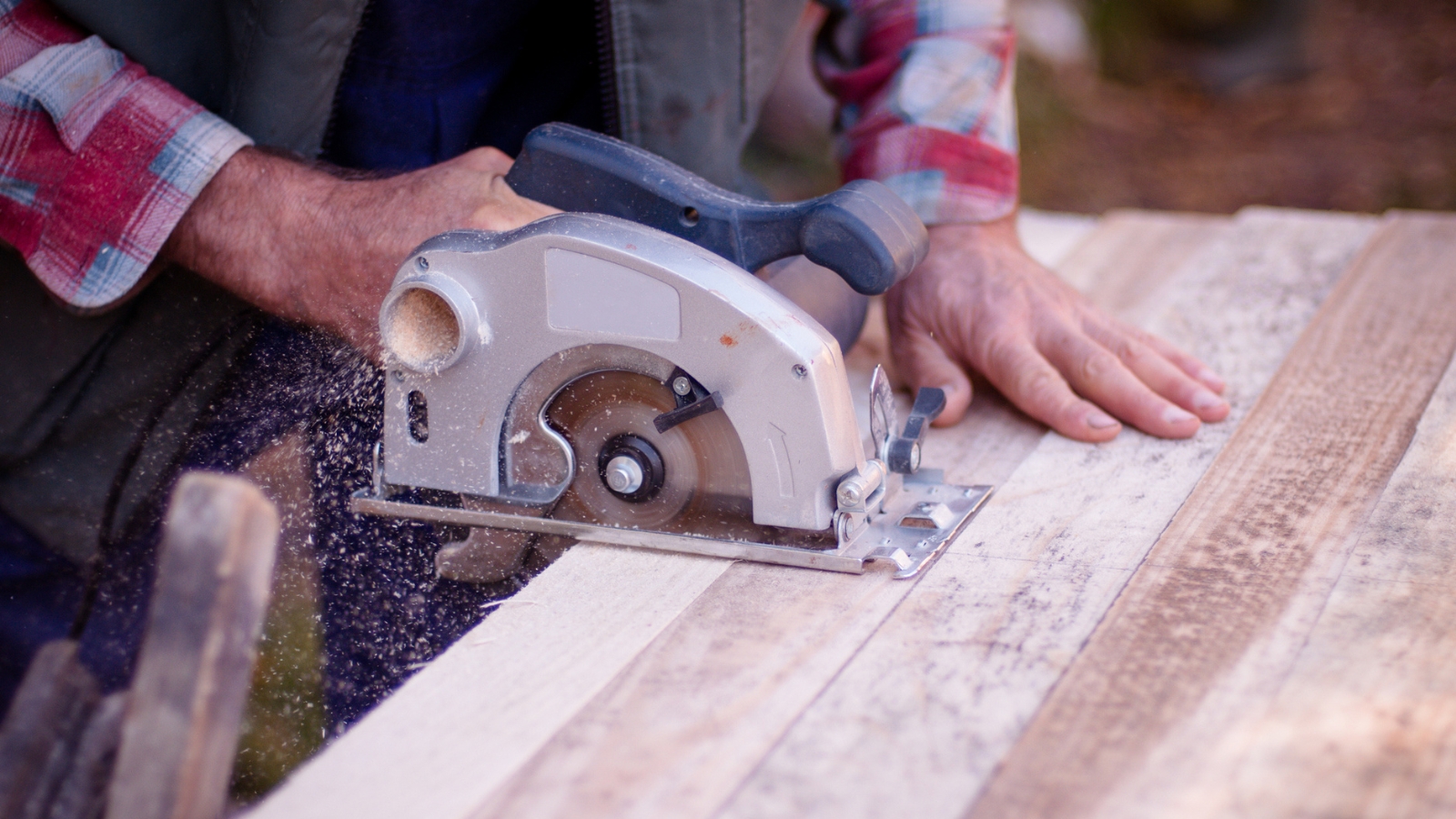
- Difference between a circular saw and a jigsaw?
- Pros and cons of a circular saw
- Pros and cons of a jigsaw
- Features to look for when buying a circular saw or jigsaw
- What jobs is a circular saw best for?
- What jobs is a jigsaw best for?
- Tips to a better power saw experience
- Corded or cordless?
- Should I get a circular saw and jigsaw?

If you're a budding DIYer and looking at a circular saw vs jigsaw, you’ll probably wish you could have both in your collection. But before you splash out, it will be helpful to know the pros, cons, and features of each before choosing which will work best you.
Much will depend on the types of projects you'll be using your saw for. Are you building a deck? Does your floor need a new subbase? Are you installing new kitchen countertops? Nailing down your project type will help determine which is the most suitable for you and the job at hand.
Here, our construction and DIY pros delve into this and offer a few recommendations on what they believe from decades in industry is worth investing in.
What you need to know about circular saws vis jigsaws
What’s the difference between a circular saw and a jigsaw?
The most noticeable physical difference between a circular saw and a jigsaw is the blade and its action as Marco Lindsay, Contractor at Burl explains, ‘A circular saw has a circular blade that spins around an arbor, while a jigsaw has a long thin blade that reciprocates in an up-and-down motion, mimicking the motion of a handsaw.’
And even though the blade shape is always the same (circular for circular saws, long and thin for jigsaws) they are not the same. Lindsay adds, ’Both saws have a variety of blades that can be used in them and will cut a wide variety of materials.’
For example, the amount of teeth on a blade makes a difference to the finish of a cut. Typically a blade with more teeth will provide a smoother cut, while a blade with less teeth will provide a rougher, but quicker cut.
The pros and cons of a circular saw
- + Precision: With the right blade, setup (depth/bevel) and correctly set guide track, a circular saw will give you neat, precise cuts.
- + Adjustable: A good circular saw will allow you to make adjustments to the cutting depth – to help avoid kick back – and bevel for angled cuts.
- + Blade variety: There are a lot of different types of blade available for a circular saw, meaning you can cut different materials such as metal and masonry and not just wood.
- - Handling: Circular saws can be dangerous if not set up and handled correctly. Kick back and blade binding should be avoided by a user.
- - Dust and noise: A circular saw can generate a lot of dust and noise. Make sure to use a dust bag and wear ear protectors, such as the ProCase Noise Reduction Safety Ear Muffs, a bestseller on Amazon.
The pros and cons of a jigsaw
- + Versatile cuts: With a jigsaw you can tackle a variety of cuts such as straight, curved and shapes. With the right blade you can cut different materials including wood, metal, plastic, and tile.
- + Easy handling: A jigsaw is typically lightweight and easy to handle compared with other saws. A good choice for DIY beginners.
- - Limited power: Jigsaws are not the ideal choice for heavy duty DIY projects. They lack cutting capability when dealing with deep or dense cuts.
- - Less accuracy: Blade flexibility and vibration can make it more difficult to produce neat accurate straight cuts.
What features should I look for when buying a circular saw or jigsaw?
When looking to purchase a circular saw or a jigsaw, Craig Parkin, owner of Parkin Bespoke Building offers one simple piece of advice, ’Avoid the cheapest saws on the market and look to buy at least a mid-range tool’. A mid-range model will typically have all the features you’ll need such as a powerful brushless motor, bevel adjustment and decent depth of cut. And they will be well-built so it will last for years.
Parkin recommends a DeWalt (such as the DeWalt 20v Max XR jigsaw, available on Amazon) or Makita (such as the Makita 5008 MGA circular saw, also on Amazon), two popular brands in construction. He adds, ‘Look out for a 18V or 20V model to make sure that you have enough power for most tasks.’
But if you are on a budget or an occasional DIYer, you can choose a model at the cheaper end of the price scale. But, still try to look for the better known brands. Lindsay suggests, ‘A corded version (for occasional DIYers) because they will likely outlast whatever battery platform you might get.’
But if you're looking to purchase cordless versions of both saws, or already own a particular brand, Lindsay suggests that you stick with the same brand, ‘If you are already invested in a toolmaker's battery ecosystem, it generally makes sense to stick with them.’ This will typically allow you to swap batteries across both saws and save you money as you will only need to buy one charger.
Lindsay also adds when buying a saw, ‘Ignore features such as lasers, as they are more of a sales gimmick than a useful feature.’ A lot of saws will include this feature, so it's your choice if you use or not.
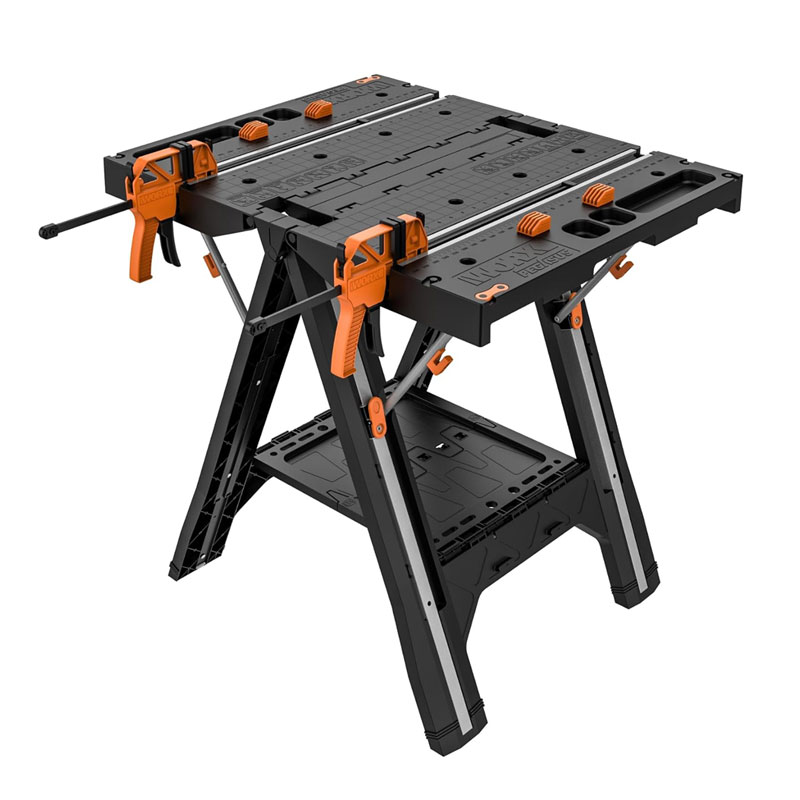
A heavy duty dual-use work table with an integrated clamp system for holding wood and other materials firmly in place. With a working surface of 31 x 25 inches, and a working height of 32 inches, its ideal for most DIY Projects and can be folded down to be used exclusively as a saw horse. When you're done, drop the sides for easier, more compact storage.
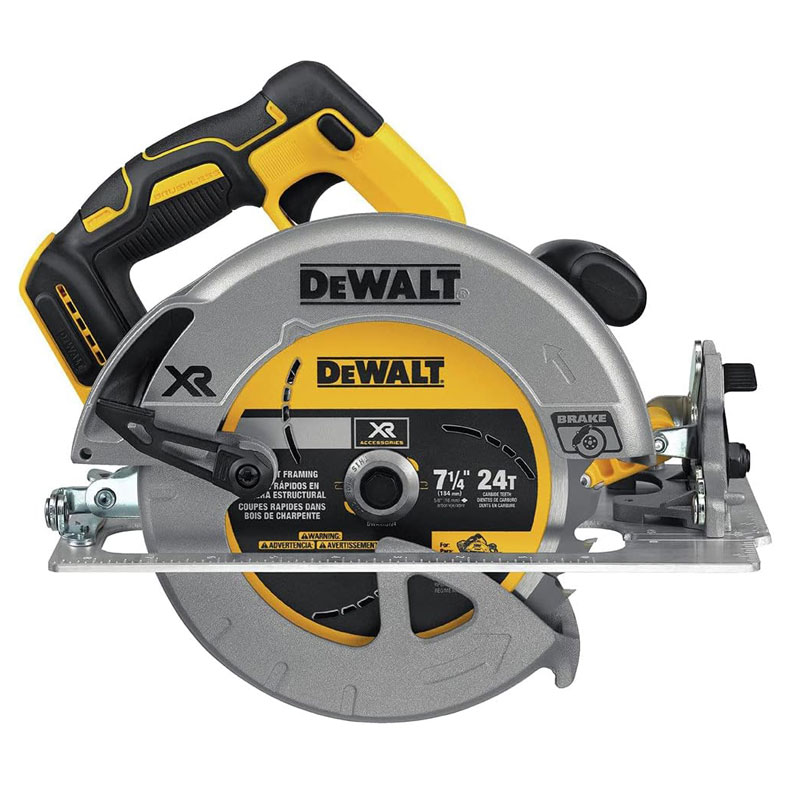
This circular saw has a powerful 5500 rpm brushless motor, ideal for tackling most remodels and renovation projects. Comes with a standard sized blade for cutting wood at 90 degrees and bevels up to 57 degrees. The battery is good to, providing 330 crosscuts on 2x4 pine before needing recharging.
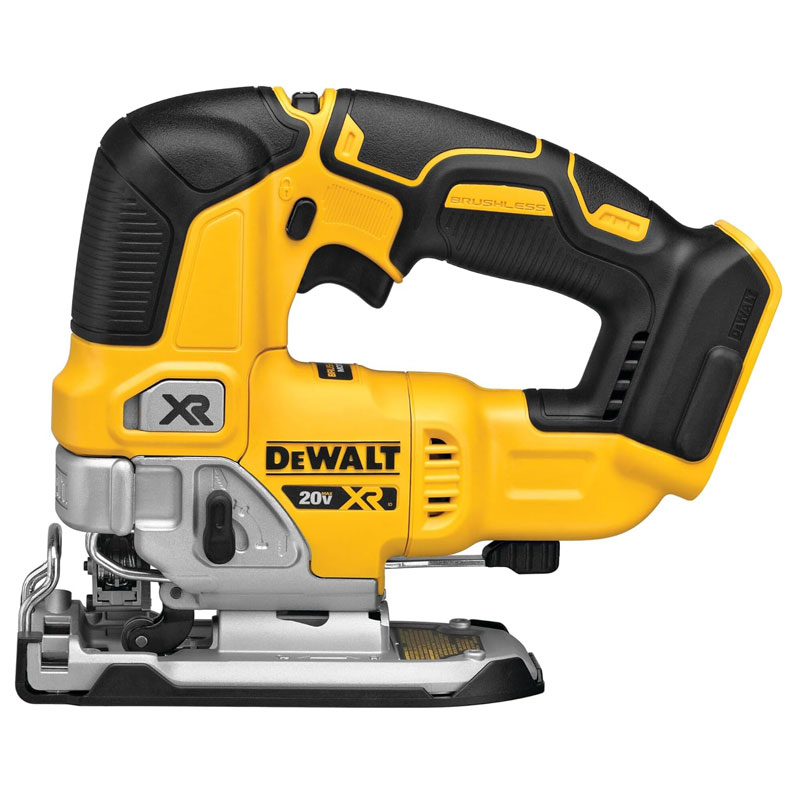
A compact, powerful and well-built jigsaw that is ready to take on a host of DIY projects. A brushless motor ensures longevity, while a variable speed trigger offers precise speed control and a handy integrated dust blower keeps a helps clear line of sight while cutting.
What jobs is a circular saw best for?
There are a lot of DIY jobs that a circular saw can tackle, but Lindsay says, ‘Circular saws are used primarily for straight cuts, and a lot of them. They are the workhorses of most construction sites. They excel at the production of fast and straight cuts.’ He adds, ‘While they can be used for curves and more intricate work there are better options.’
So what type of projects are they good for? They are ideal for cutting plywood or larger sheets of wood to size, often for floors and walls, cutting boards for building your own deck and trimming wood to size for shelves and furniture.
What jobs is a jigsaw best for?
A jigsaw is a popular choice for DIYers as it offers flexibility and versatility as Lindsay explains, ‘Jigsaws are typically used for more intricate work and cutting curves or other irregular shapes. He adds, ‘They have a variety of blades that can be used in them and will cut a wide variety of materials.’
It's a good tool every DIYer should have, since the bigger blade of a circular saw can’t cut the shape you want. A jigsaw is commonly used to make basic straight cuts, curved cuts and shapes in wooden boards such as plywood, MDF, OSB. It's often used to cut shapes in flooring that need to be fitted around a door frame and cut holes in board to allow access for pipework in kitchens and bathrooms. Another use is to cut holes for sinks when changing a faucet and installing stove tops in countertops.
Tips to a better power saw experience
- Hold steady: When thinking about safety, Parkins says, ‘Make sure you have both hands on the saw before you start.’ This will help avoid any kick back and help create cleaner cuts. If it has a guard, check it's working correctly.
- Wear safety gear: Another sensible safety tip is to wear goggles and gloves to help protect your hands, and perhaps more importantly stop stray splinters of wood getting in your eye.
- Choose the right blade: Choosing the right blade is critical for success. The common blade option is for wood. If you want to cut other material such as brick or metal, make sure to get the appropriate blade.
FAQs
Should I choose a corded or cordless saw?
There are pros and cons for both options, so to help decide which will work best for you, you need to work out what type of DIY projects you intend to use it for, how often it is going to be used and roughly how long for each time. Budget-wise, corded saws are typically less expensive, but you will be restricted by the length of the cord on the saw.
This means that you will need to be near a power outlet at all times, and will need to invest in an extension reel like this CRAFTSMAN Retractable Extension Cord Reel from Amazon. This will ensure the best position for your saw when working. And, this does mean you’ll have a steady source of power meaning that the saw is constantly working as its optimum power, making it ideal for longer, more intense jobs.
Cordless saws offer flexibility and portability. You can take them anywhere you need them, and you won’t need to worry if there is a power supply nearby. However, they typically cost more, as you will need a battery and battery charger as well as the bare tool. Plus, a battery may start to drain and see the saw slow down or offer intermittent use. Ideally you want a fully charged battery in the saw and a fully charged spare in case it runs out of power.
Should I get a circular saw and jigsaw? Do I need both?
This very much depends on what types of projects you tackle. If you are a regular DIYer, who takes on different home renovation projects I would suggest that you invest in both. Especially, if you think you are going to use them regularly.
If you don’t own either a circular saw or jigsaw, invest in the saw that will best suit your need for your next project. If you don’t have any DIY projects currently lined up I would first invest in a jigsaw as less are typically slightly less expensive and a bit more flexible in the tasks they can take on.
A circular saw or jigsaw should be very much part of the The 14 essential DIY tools every home improver should have in their toolbox. And, with the right tools you can tackle projects such as cutting laminate flooring.
Sign up to the Homes & Gardens newsletter
Design expertise in your inbox – from inspiring decorating ideas and beautiful celebrity homes to practical gardening advice and shopping round-ups.

Steve has been a homes writer and editor for two decades, regularly contributing to brands like Homebuilding & Renovating Magazine. He is an avid DIYer with over 20 years of experience transforming and renovating homes. He specializes in painting and decorating but has strong all-around building skills, having worked in the industry for ten years.
-
 7 of the best tomatoes for growing in pots - expert growers pick their top varieties ideal for large harvests from containers
7 of the best tomatoes for growing in pots - expert growers pick their top varieties ideal for large harvests from containersYou can enjoy bumper homegrown harvests in small spaces
By Drew Swainston Published
-
 Drew Barrymore creates a 'balanced' kitchen in 4 easy steps – her rules will make your small, compact countertops feel beautiful
Drew Barrymore creates a 'balanced' kitchen in 4 easy steps – her rules will make your small, compact countertops feel beautifulDrew proves that with the right styling (and chic appliances), you can make even the smallest of kitchens look harmonious
By Hannah Ziegler Published
-
 The 3 bedroom renovations our home editors deeply regretted – and what they wish they’d done instead
The 3 bedroom renovations our home editors deeply regretted – and what they wish they’d done insteadSwap sorrow for success by avoiding what our editors learned the hard way
By Ottilie Blackhall Published
-
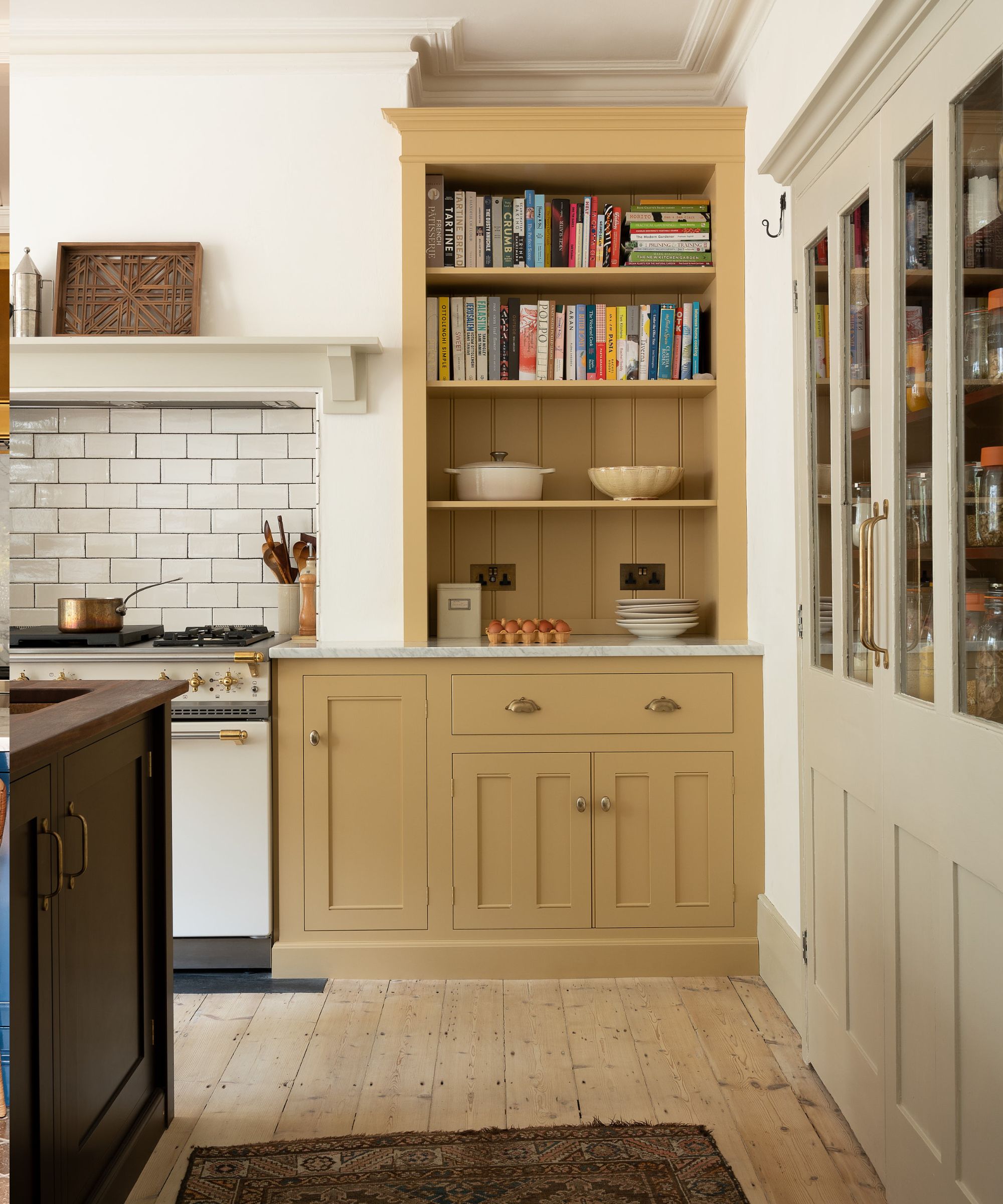 Are you risking a fine with your home project? Expert contractors reveal how to check if you need a permit – plus 17 surprising upgrades that need permission
Are you risking a fine with your home project? Expert contractors reveal how to check if you need a permit – plus 17 surprising upgrades that need permissionContractors urge you not to make this dire misstep
By Chiana Dickson Published
-
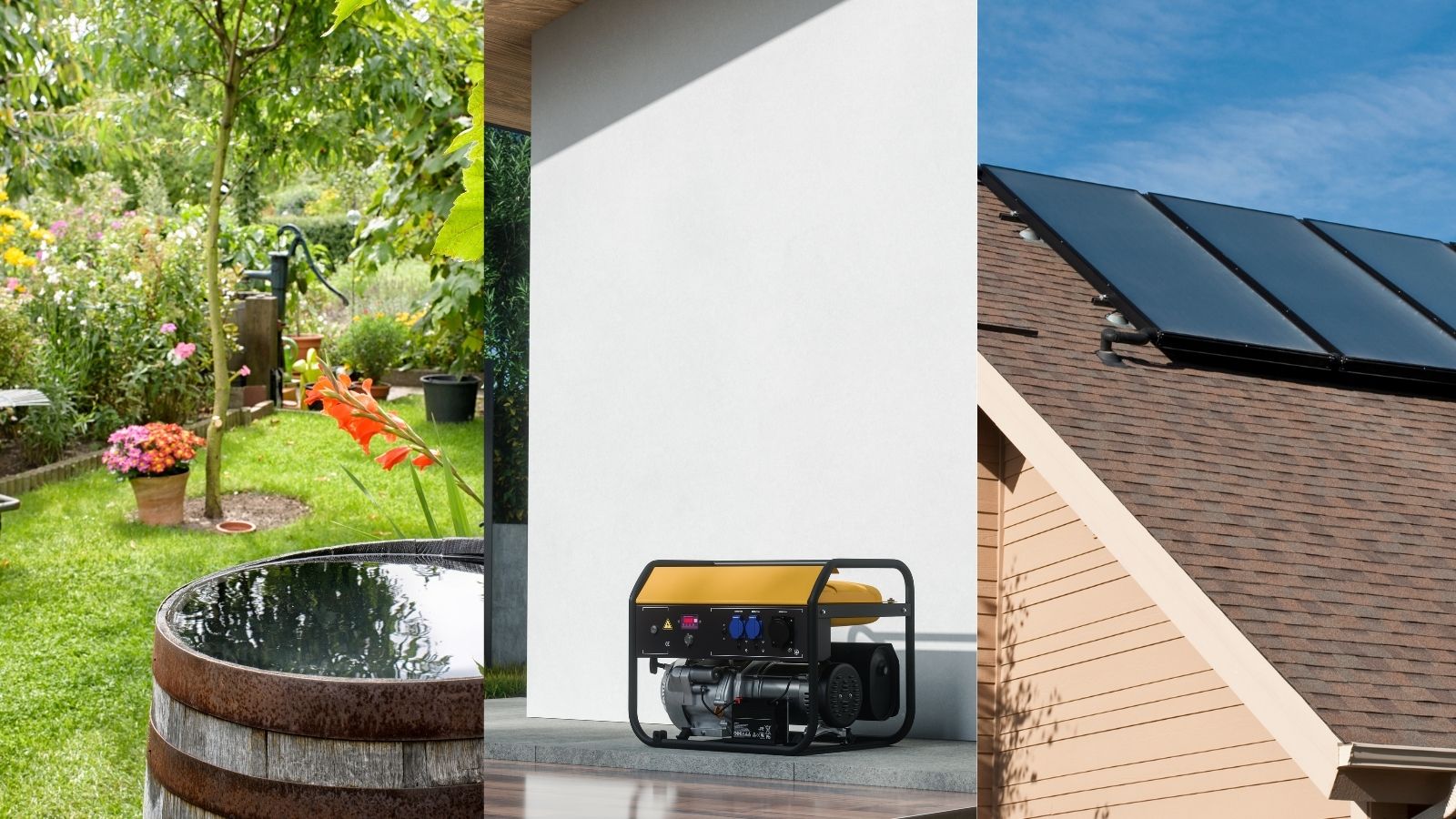 How to prepare your house for extreme weather – 10 future-proofing home upgrades to help keep your family safe and well in an emergency
How to prepare your house for extreme weather – 10 future-proofing home upgrades to help keep your family safe and well in an emergencyBeing prepared is protective for your home's longevity, security and safety
By Chiana Dickson Published
-
 7 money-saving tips you need to know before renovating your home
7 money-saving tips you need to know before renovating your homeOur experts share their insider knowledge for keeping your renovation costs down
By Ottilie Blackhall Published
-
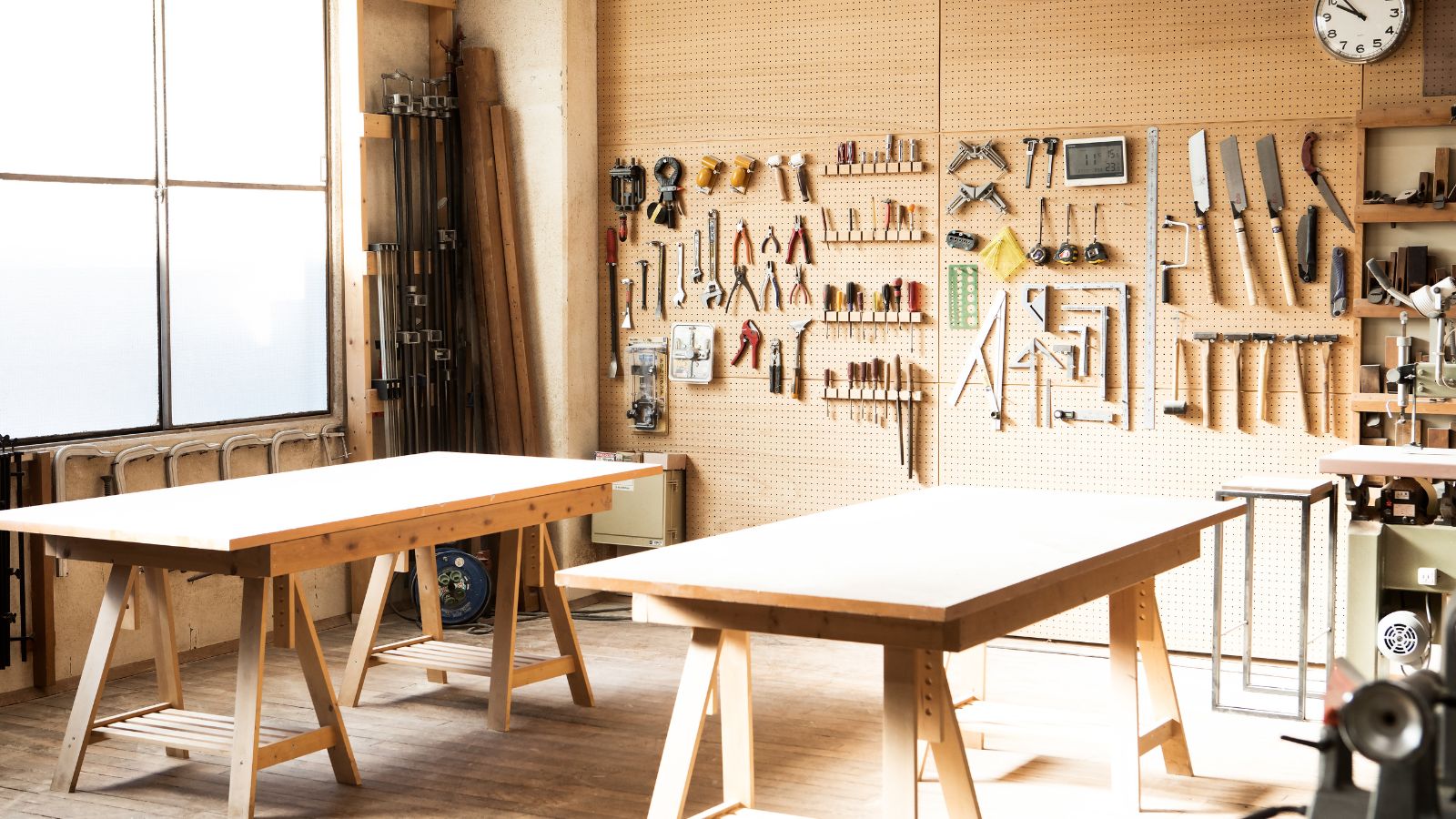 Pros reveal how to make a DIY saw guide for perfect straight cuts on any home renovation project
Pros reveal how to make a DIY saw guide for perfect straight cuts on any home renovation projectSay goodbye to unwanted wonky cuts forever
By Steve Jenkins Published
-
 4-week countdown – If you're mid-renovation like me, here's how I make my messy house presentable for the festive season, starting now
4-week countdown – If you're mid-renovation like me, here's how I make my messy house presentable for the festive season, starting nowWho's to say Christmas can't feel special in a half-finished renovation?
By Amy Reeves Published
-
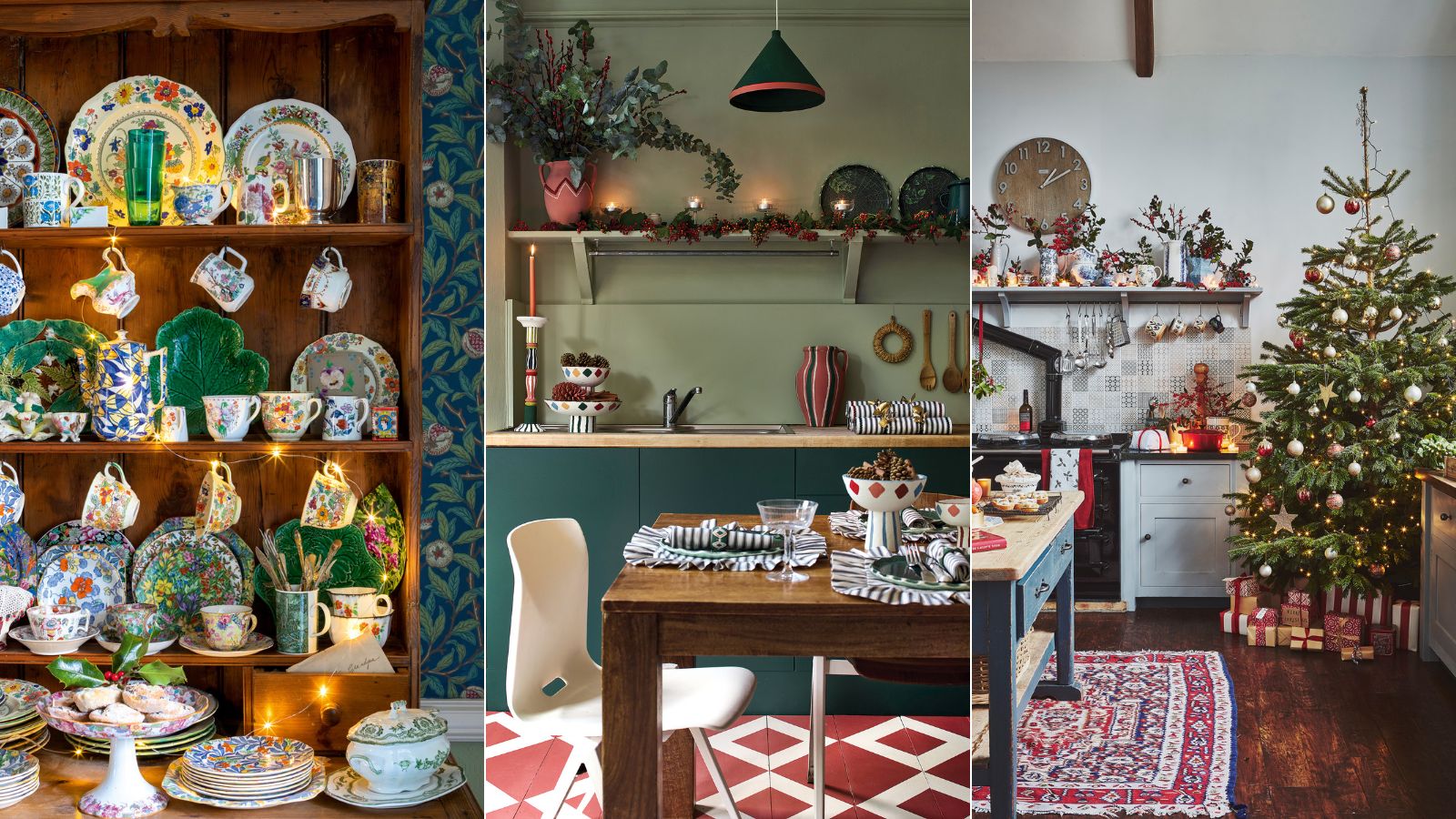 Yes, this is the right time to renovate your kitchen before Christmas – 4 DIY projects you can complete in the next few weeks
Yes, this is the right time to renovate your kitchen before Christmas – 4 DIY projects you can complete in the next few weeksFind out what updates are possible before Turkey time
By Amy Reeves Published
-
 The 7 quick, inexpensive and transformative jobs I'm doing to spruce up my guest bathroom ahead of hosting season
The 7 quick, inexpensive and transformative jobs I'm doing to spruce up my guest bathroom ahead of hosting seasonI decided to give my guest bathroom a makeover ahead of the festivities
By Natasha Brinsmead Published